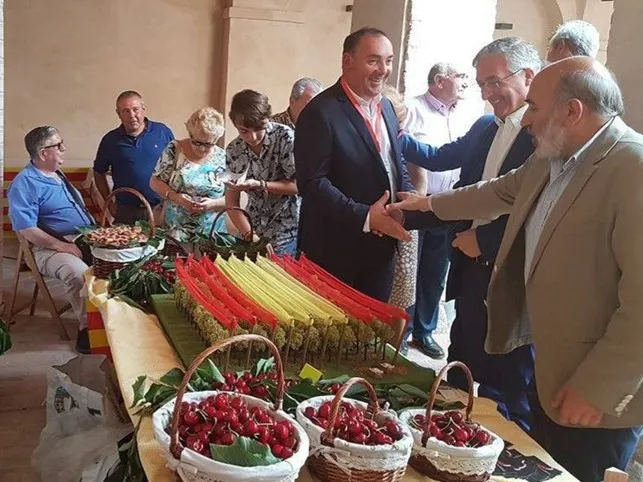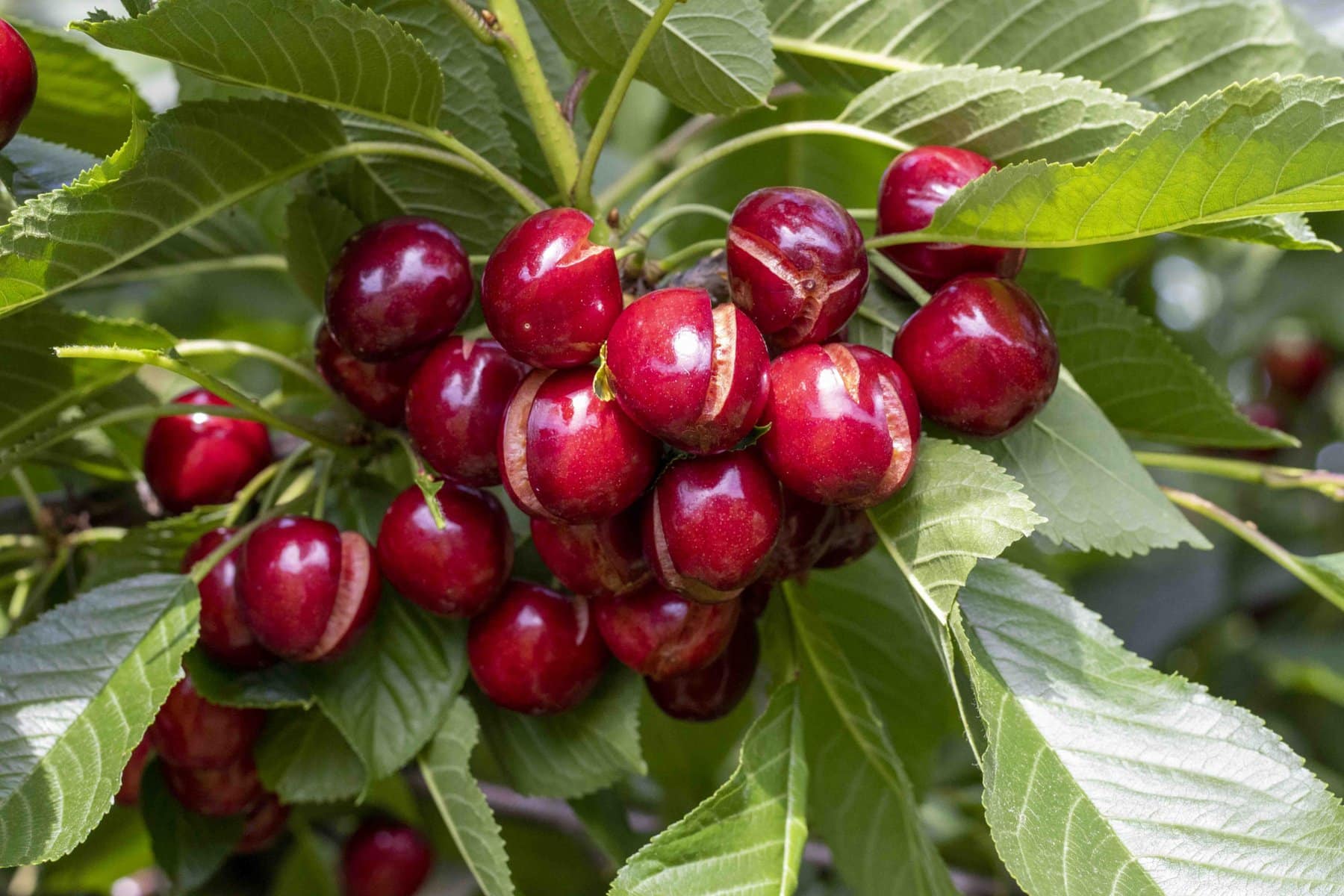One in ten Spanish consumers choose products with a differentiated quality label. These are the data of a survey conducted by Origen España, released on the occasion of the closing of the Historias en tu mesa (Stories on your table) campaign. Spaniards recognise the value of protected designations of origin (PDOs) and geographical indications (PGIs). They identify them with local foods from different towns and villages in our country.
In fact, 12% said that the fact that a product has a quality label is an incentive to buy it. On the other hand, the study found that the quality-price combination is what Spaniards value most when it comes to filling their shopping trolley with food products. This was recognised by 84% of the respondents.
The Origen España survey also reveals that there are two products for which consumers prefer PDO or PGI options. These are wines and cheeses.
In this regard, a recent study by the consultancy firm Nielsen, reported by Economía Digital, indicated that around 60 per cent of the wine consumed in Spain in bars and restaurants carries the PDO mark. This product alone generates a turnover of more than 1,500 million euros.
Buyers' awareness of the value of designations of origin has also improved in recent years. In fact, 74% of respondents said they were aware of the concept and could identify different products. This figure represents an improvement over 2017.
In this regard, 28% associated the seal of protected designations and indications with indigenous products; 13% with quality; 9% with products unique to an area; and another 9% with foods that meet regulatory requirements.
Protected designations of origin and geographical indications have, since their introduction, served to boost local economies. They contribute not only to giving value to the products of farmers or breeders, but also to production areas. In economic terms, the value of designations of origin was estimated at 7.3 billion in 2018, with more than 353 Spanish quality marks registered in the EU. This figure represents an increase compared to 2017, according to Origen España.
In this case, the protected designation of origin of the Jerte cherry certifies the origin and quality of Jerte cherries and picotas since 1996 and helps to promote the product and the area where it is grown and packaged.
The food fraud problem
One of the main problems plaguing the different PDOs and PGIs in Spain is that of fraud. It is important to know the EU identification seals.
In the case of the PDO Cereza del Jerte, the fraud is related to the marketing of hand-stemmed cherries advertised as Picota del Jerte. An essential characteristic of the Picota del Jerte is that the stalk remains naturally on the tree.
The Guardia Civil was also present at the closing event of the Historias en tu mesa campaign, to present the Operational Procedure of collaboration with Origen España to combat food fraud since 2016.
Data show that in 2016, European consumers spent EUR 2.3 billion paying a higher price for products they considered PDO or PGI. In 2014, the infringement rate was 5.7 per cent, with a market value of EUR 266.1 million, according to Europa Press.
Sourc: Cereza del Jerte
Image: Fruta del Sarga
Cherry Times - All rights reserved












